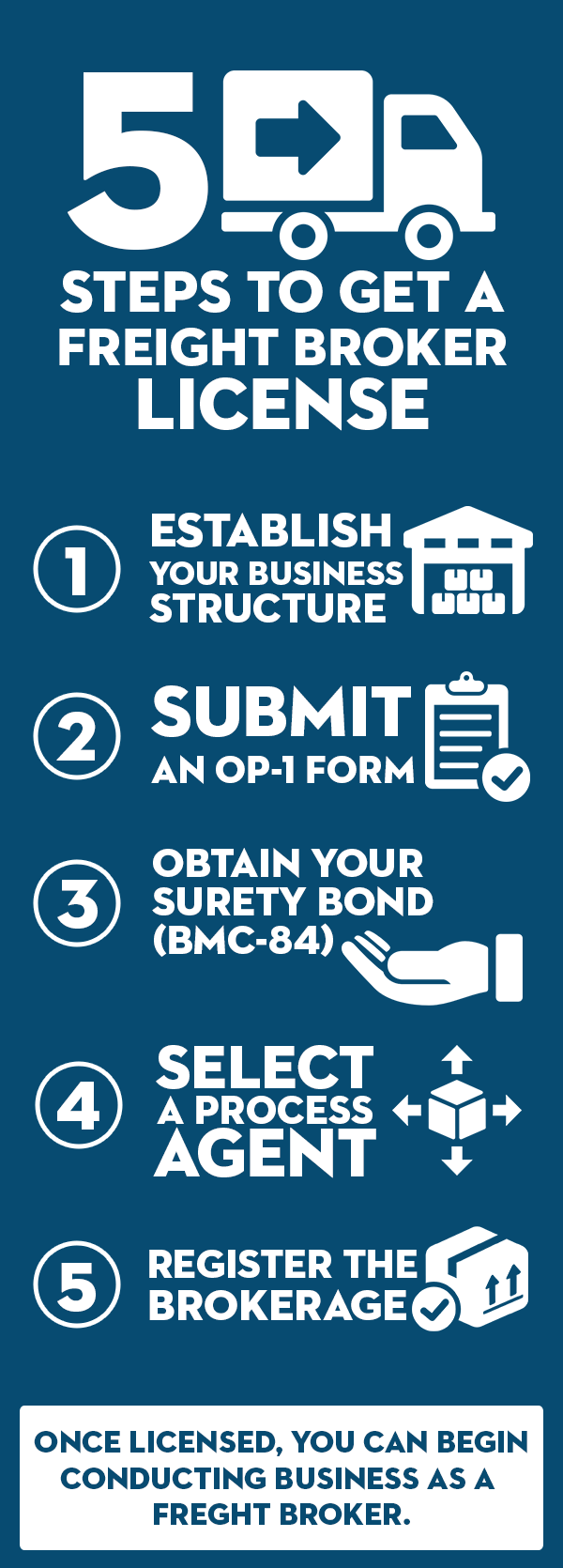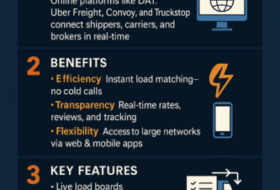These are difficult times for freight transportation in the US. Freight transport involves the transportation of freight in an intermodal container or vehicle, using multiple modes of transportation like rail, ship, or truck. Large industries such as the trucking and transportation have been rattled by the pandemic.
Freight companies are responding to the immediate crisis by preserving cash, creating safe workspaces, adjusting the size of the workforce to meet current demand, and providing humanitarian aid
US GDP declined by 1.2 percent in the first quarter of 2020, and unemployment rose to 14.7 percent in April. In the crisis, demand has been volatile, spiking or plummeting by mode and customer profile.
Compared with last year, trucking volumes initially increased by about 30 percent in 2020, railroad volumes declined by 20 percent, last-mile deliveries have surged more than ten times over, but ocean shipping is down by 25 percent.
What comes next for the freight companies?
Will all modes rebound when the economy starts growing again? Research states there are some factors which can be applied by the trucking industry to increase their economy after a crisis: a shift from freight-heavy to freight-light economic activity, internationalization of North American supply chains, the rise of e-commerce, and the growth of energy production in North America. Companies have begun using resources such as in-house driver hotlines staffed by health and wellness teams that will assist drivers with health concerns, educating them on important safety measures and sharing ways to communicate with customers and truck stops in advance to ensure drivers have safe places to park and carry out their duties.









